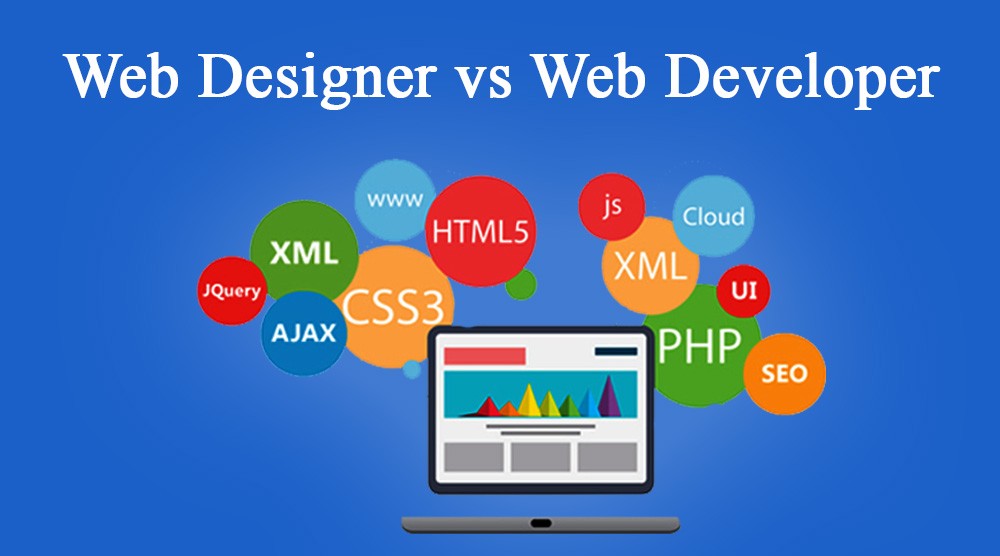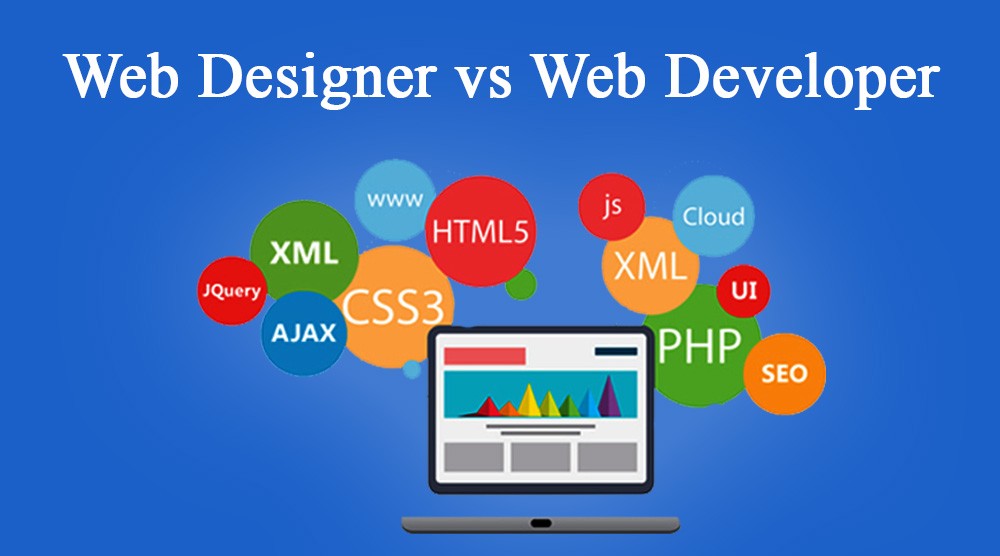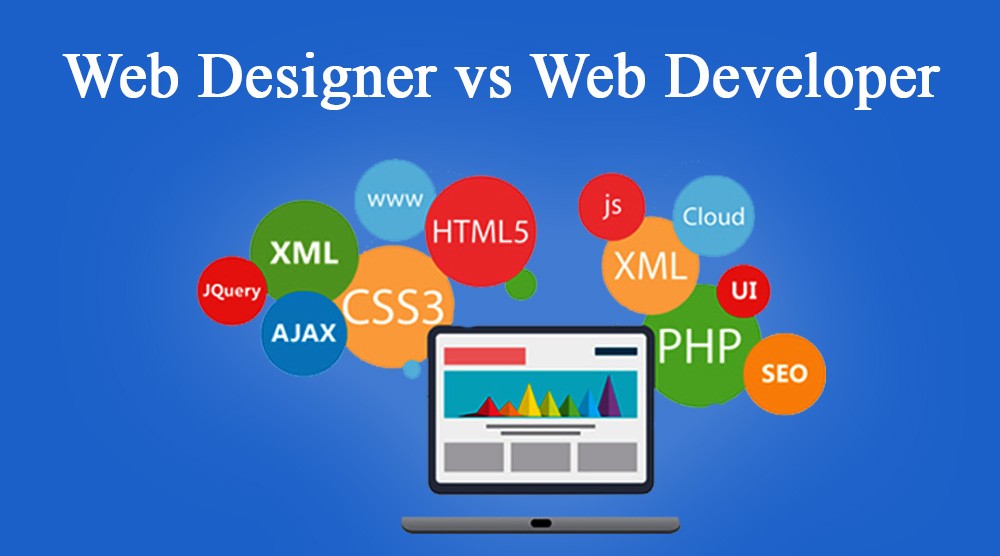The Ultimate Guide to Choosing the Best SEO Company
In today’s digital age, having a strong online presence is crucial for the success of any business. Search Engine Optimization (SEO) plays a vital role in improving a website’s visibility and ranking on search engine results pages (SERPs). However, with the myriad of SEO companies out there, choosing the best one for your business can be a daunting task. In this comprehensive guide, we will delve into the key factors to consider when selecting the best SEO company to help you achieve your online goals.

1. Define Your Goals
Before embarking on your search for an SEO company, it’s essential to define your goals clearly. Whether you want to increase organic traffic, improve keyword rankings, boost online sales, or enhance brand visibility, having a clear understanding of your objectives will guide you in finding the right SEO partner.
2. Assess Their Experience and Expertise
When evaluating SEO companies, look for a track record of success and experience in your industry. A reputable SEO company should have a portfolio showcasing their previous work, case studies highlighting their achievements, and client testimonials validating their expertise. Additionally, inquire about their team’s qualifications, certifications, and ongoing training to ensure they stay updated with the latest SEO trends and strategies.
3. Evaluate Their SEO Strategies
A reliable SEO company should have a transparent approach to their SEO strategies. Inquire about their on-page optimization techniques, content creation strategies, backlink building methods, and overall SEO methodology. Avoid companies that promise quick fixes or use black hat techniques that violate search engine guidelines, as these can result in penalties and long-term damage to your website’s reputation.
4. Analyze Their Reporting and Communication
Effective communication and regular reporting are crucial elements of a successful SEO partnership. A reputable SEO company should provide detailed reports outlining key metrics such as website traffic, keyword rankings, backlink profile, and ROI. Additionally, they should be accessible and responsive to your inquiries, providing insights and recommendations to optimize your SEO campaigns.
5. Consider Their Pricing and ROI
While cost should not be the sole deciding factor, it’s essential to consider the pricing structure and potential return on investment (ROI) when choosing an SEO company. Avoid companies that offer overly cheap services, as they may compromise on quality and use ineffective strategies. Instead, look for a company that offers transparent pricing, realistic expectations, and a focus on delivering measurable results and ROI.
6. Assess Their Industry Reputation and Client Reviews
Research the SEO company’s reputation within the industry and read client reviews and testimonials to gauge their credibility and reliability. Look for companies with a positive reputation, satisfied clients, and a proven track record of delivering results. Additionally, check if they have won any awards or accolades in the SEO industry, as this can further validate their expertise and credibility.
7. Inquire About Customized Strategies and Flexibility
Every business is unique, and a one-size-fits-all approach to SEO may not yield optimal results. A top-tier SEO company should offer customized strategies tailored to your specific business goals, target audience, and industry challenges. Moreover, they should be flexible and adaptable to evolving trends and algorithm changes to ensure your SEO campaigns remain effective and competitive.
8. Look for Additional Services and Expertise
In addition to core SEO services, such as keyword research, on-page optimization, and link building, consider whether the SEO company offers additional services and expertise that align with your broader digital marketing goals. These may include content marketing, social media management, PPC advertising, web design, and analytics tracking, providing a holistic approach to maximizing your online presence and performance.
9. Schedule a Consultation and Ask Questions
Once you’ve shortlisted potential SEO companies, schedule consultations to discuss your goals, expectations, and concerns. Use this opportunity to ask specific questions about their strategies, timelines, deliverables, and reporting process. A reputable SEO company will be transparent, informative, and proactive in addressing your queries and providing clarity on their services.
10. Trust Your Instincts and Choose Wisely
Ultimately, trust your instincts and choose an SEO company that aligns with your values, vision, and business objectives. Consider factors such as cultural fit, communication style, and level of commitment when making your final decision. Remember that building a successful SEO strategy requires a collaborative partnership based on trust, transparency, and mutual respect.
In conclusion, selecting the best SEO company is a critical decision that can significantly impact your online success. By defining your goals, assessing expertise, evaluating strategies, analyzing communication, considering pricing, researching reputation, seeking customization, exploring additional services, asking questions, and trusting your instincts, you can make an informed choice and embark on a rewarding SEO journey with the right partner by your side.















